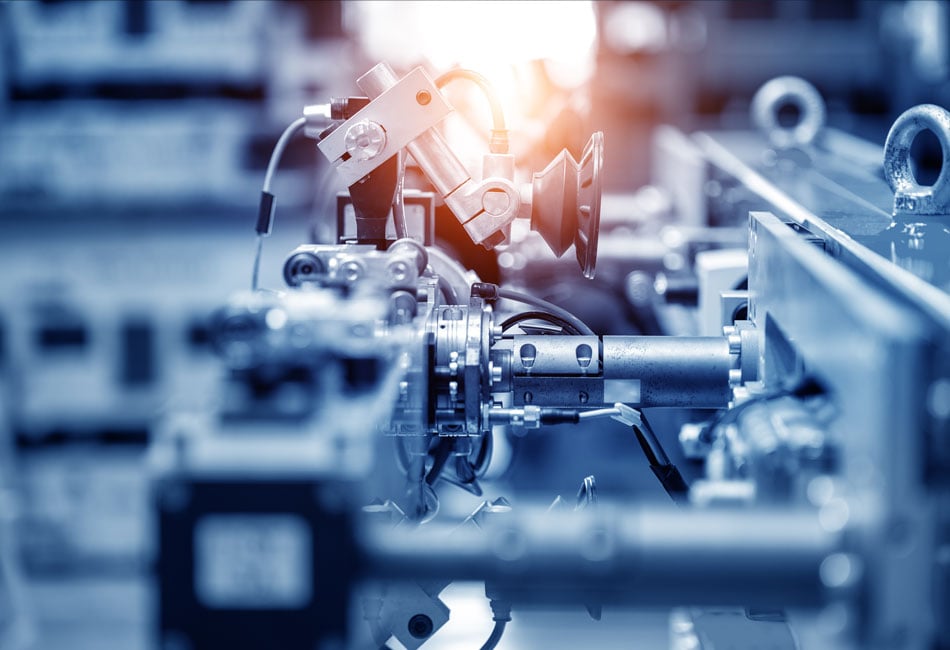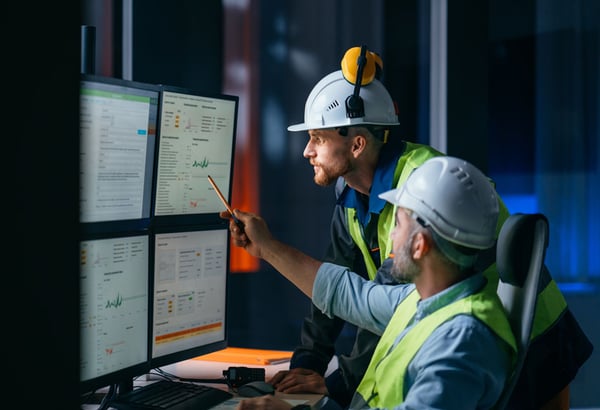The Surge of Production Line Data
The manufacturing industry has witnessed an influx of real-time production line data, acquired through physical sensors (i.e., hard sensors) positioned across the production process. Advancements in technology have not only made data collection more efficient but have also significantly reduced the associated costs. While these instruments can provide measurements for parameters of real-time process statuses like temperature, flow rate, and pressure, certain critical variables often still rely on infrequent, manual, and resource-intensive physical sampling and laboratory testing. Soft sensors, or virtual sensors, address the limitations of manual and expensive measurements by generating continuous, real-time estimates for these variables through data-driven models and sophisticated algorithms. The name soft sensor is derived from “software sensor” to describe the output provided by a traditional hardware sensor while emphasizing the difference in the means of collection (hardware vs. software).
How Do Soft Sensors Work?
The exponential growth of industry data is the ground pillar of the development of soft sensors. At the core of modern soft sensors lies the fusion of this data and machine learning. Machine learning is broadly defined as “the capability of a machine to imitate intelligent human behaviour”. Soft sensors use the wealth of information captured by various hardware sensors to construct mathematical models that establish correlations between the data from physical sensors and the target variable – i.e. often a laboratory measurement.

Illustration: How a soft sensor is built
The foundation of these mathematical models is historical data, which comprises both sensor data and corresponding lab measurements. Machine learning techniques are employed to build models based on the data, enabling real-time predictions or estimations. The guiding principle is straightforward: greater volumes of high-quality data lead to increased accuracy in the model.
Advantages of Employing Soft Sensors
1. Cost-Effective Real-Time Monitoring:
Soft sensors offer continuous, real-time data, empowering manufacturers to monitor and adjust processes instantly. This proactive approach aids in the early detection and prompt rectification of deviations such as identifying subtle variations in chemical composition before they lead to production defects, saving substantial funds.
2. Enhanced Efficiency and Sustainability:
With access to real-time data and the ability to make immediate adjustments, production processes become more efficient, leading to reduced waste and a marked improvement in product quality. This heightened efficiency not only increases competitiveness but also promotes sustainability by minimizing resource wastage and environmental impact.
3. Detecting Sensors Faults:
Soft sensors can be vital for detecting and addressing faulty hardware sensors in the production line. They achieve this by continuously comparing their predictions with actual readings. When a significant deviation occurs, it signals a potential sensor fault. This enables proactive maintenance which ensures data reliability, minimizes errors, and enhances production quality.

Illustration: Advantages of soft sensors
Why soft sensor projects have historically often failed?
While everything sounds great on paper, soft sensor projects often fall short. This is in part due to the heavy reliance on historical data that may not capture all relevant variations in the production process. Additionally, inaccurate, or incomplete data can lead to unreliable predictions.
Moreover, soft sensor projects can prove to be financially burdensome. They typically demand substantial investments in terms of labour from data scientists tasked with model construction. When combined with the challenge of unexpected process changes that necessitate costly re-modelling efforts, the financial burden can become overwhelming in relation to the expected outcomes.
At SimAnalytics, we have taken on a new approach to soft sensors, offering manufacturers a more cost-effective and time-efficient solution. To delve deeper into the reasons behind the shortcomings of soft sensors and discover how we have addressed these limitations, explore the second part of this blog.




